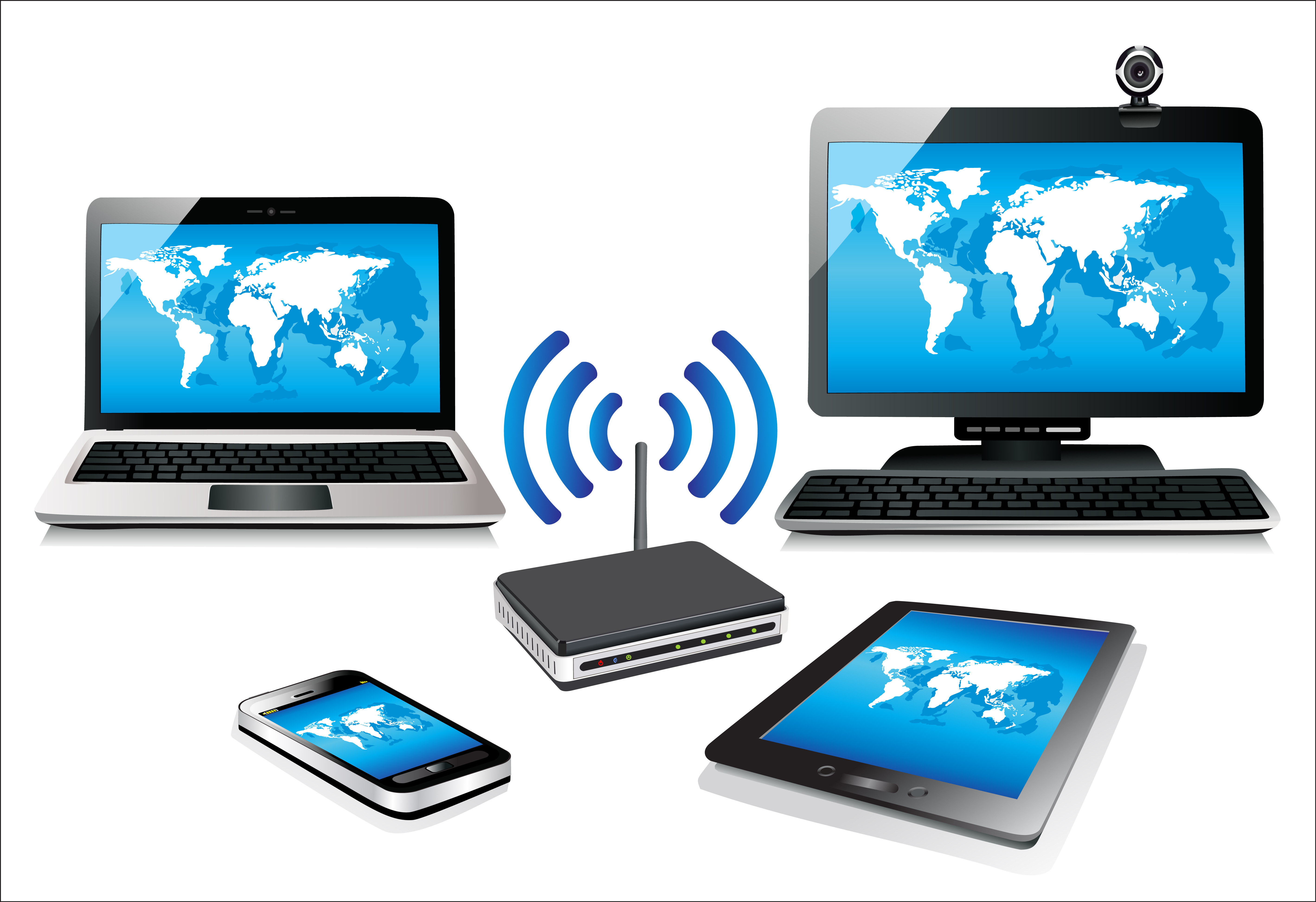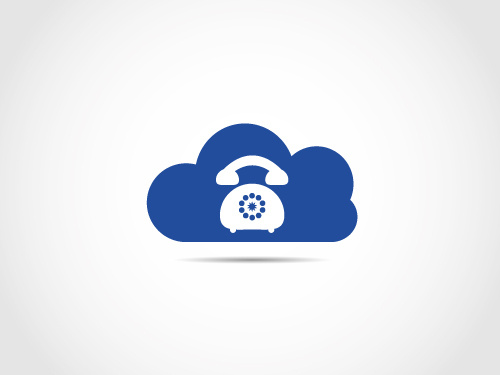Any business with an online presence, or that uses Wi-Fi within their organization, needs to be aware of attacks. Fortunately, while there are some...
IT & Telecom Blog
Telcos, Mobility, and Big Data: Using the IoT as a Value-Added Service
Many businesses are learning the value of big data and mobility for improving business efficiency and customer experience. However, not much has been...
Customer Service Trends to Watch
Customer service is one of the most important aspects of an organization, but businesses are only just beginning to use it as a competitive...
The New Era of Real-Time Communications: WebRTC, IoT, and IT
In today’s technology-driven world, communicating with people on a global level is becoming as simple as pushing a button. Real-time communications...
SMBs: Creating a Simple Cyber-Security Plan
Some SMBs make the mistake of thinking that security breaches only happen to the big names. Despite all the attention that the Home Depot, Anthem,...
How Resellers Can Effectively Utilize SIP Trunking in Network Migration
Moving away from private branch exchange (PBX) telephony systems is a big deal for most businesses, especially given the huge time commitment and...
Why Businesses Should Use Cloud Providers for Mobile Device Management
Touchscreen smartphones and tablets are making waves in the world of corporate IT. Many companies are eager to utilize the technology despite the...
State of the Cloud - 2015
At some point in the year 2015, there will be more than 2.5 billion people accessing the Internet with over 10 billion devices. Being able to stream...
Skype for Web Expected to Shake Up VoIP Market
A new product that is expected to make waves in WebRTC (real-time communications) evolves from the VoIP (voice-over Internet protocol) pioneer...
Adopting VoIP Doesn't Prevent Toll Fraud
While there are several security concerns when implementing voice-over Internet protocol (VoIP) services at a business, one that rarely receives...
Cloud Data Security: Know the Risks
Moving to the cloud is the next step in a data revolution, that is changing the way things are done. Along with the cloud’s exciting possibilities,...
4 Traits of an Effective Cloud Provider
Partnering with the right provider is a necessity for any business ready to migrate to the cloud. That provider should meet a company’s basic needs,...











